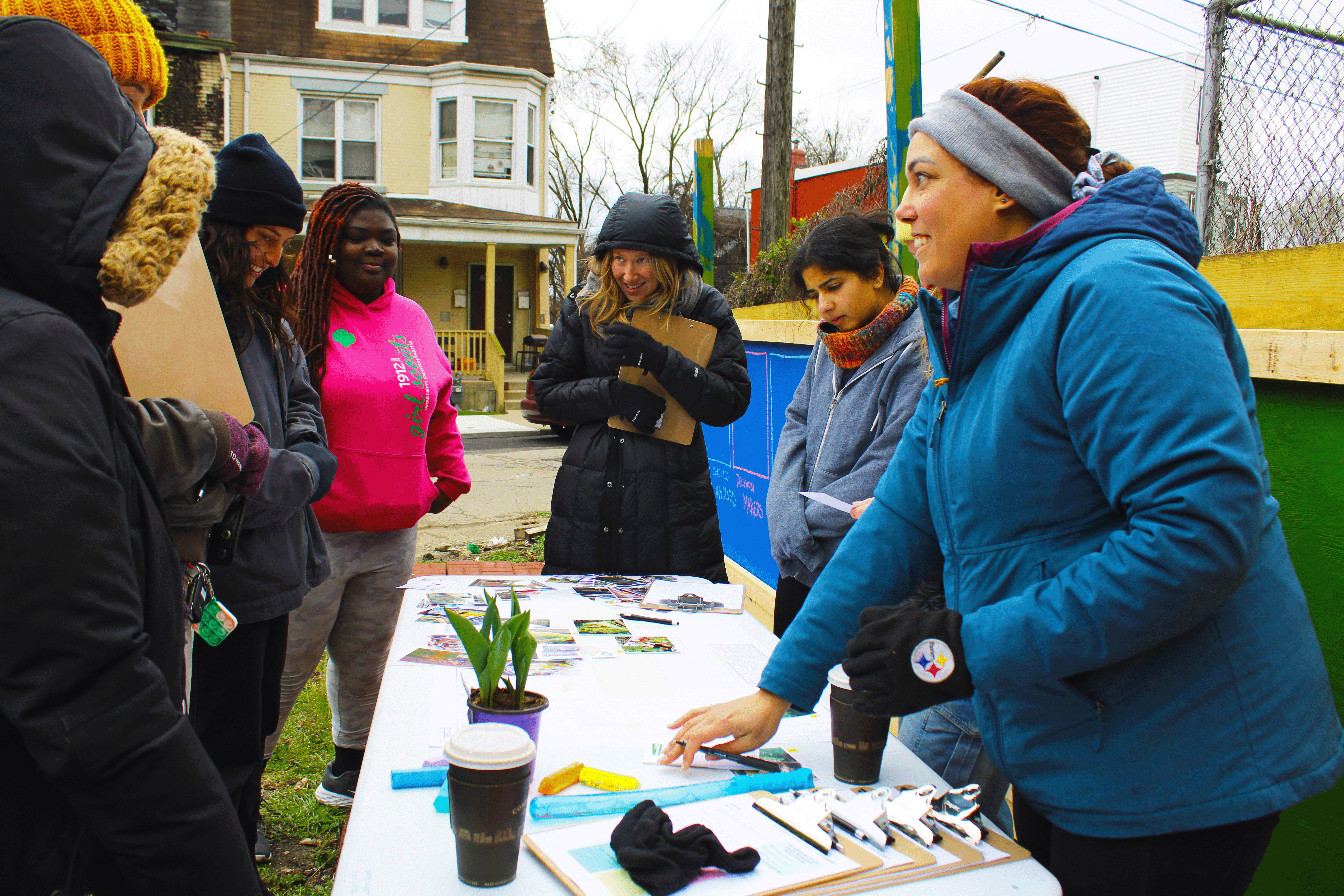On November 15th, over 50 stakeholders gathered into the Jeron X. Grayson Community Center in the Hill District for our first Equitable Development implementation strategy session.
We’ve heard loud and clear from the community that Pittsburgh doesn’t need just another report outlining its problems but the time is now for concerted and strategic action from multiple partners to put all of the region’s residents on track to reach their full potential.
The session served as a starting point to craft a local action-agenda for 2017 by building on the recommendations in the Equitable Development: The Path to an All-in Pittsburgh report. The report provides a 5-point agenda with over 16 specific strategies but the primary purpose of this working session was to pinpoint a few of the most promising strategies to focus our collective efforts in 2017.
recommendations in the Equitable Development: The Path to an All-in Pittsburgh report. The report provides a 5-point agenda with over 16 specific strategies but the primary purpose of this working session was to pinpoint a few of the most promising strategies to focus our collective efforts in 2017.
To help set the tone of the day, Sarah Treuhaft of PolicyLink provided an overview of the Results Based Accountability (RBA) framework that can be adopted in Pittsburgh to drive the Equitable Development implementation work. In short, RBA is a collective impact model that helps communities align the contributions of many partners by identifying a target population and prioritizing action strategies to achieve measurable results. As an example, it was discussed that the target population for our Equitable Development efforts could be individuals and families with household incomes up to 200% of the Federal Poverty Level (FPL) and the action strategies could be a small sub-set of the recommendations contained in the Equitable Development report. The measurable results could be the 3 stated outcomes in the Equitable Development definition to assure that lower wealth residents:
- Live in healthy, safe, opportunity-rich neighborhoods that reflect their culture (and are not
displaced from them); - Connect to economic and ownership opportunities; and
- Have voice and influence in the decision that shape their neighborhoods.
After the RBA discussion,  attendees assembled into working groups to identify the most effective strategies to achieve the 3 results/outcomes shown above. In the final exercise of the day, after the working groups selected their priority strategies, each participant had the opportunity to vote on the top 3 strategies they believed were most important.
attendees assembled into working groups to identify the most effective strategies to achieve the 3 results/outcomes shown above. In the final exercise of the day, after the working groups selected their priority strategies, each participant had the opportunity to vote on the top 3 strategies they believed were most important.
We are extremely grateful to all individuals who contributed to the November 15th session and we’ll send a survey out soon to collect input from those who were unable to attend. Additional next steps are to establish working groups to refine strategies, formalize partnerships, raise resources to build community capacity and set metrics to track and monitor progress.
For further information, please contact Shad Henderson at shad@neighborhoodallies.com or Sarah Treuhaft at sarah@policylink.org.

